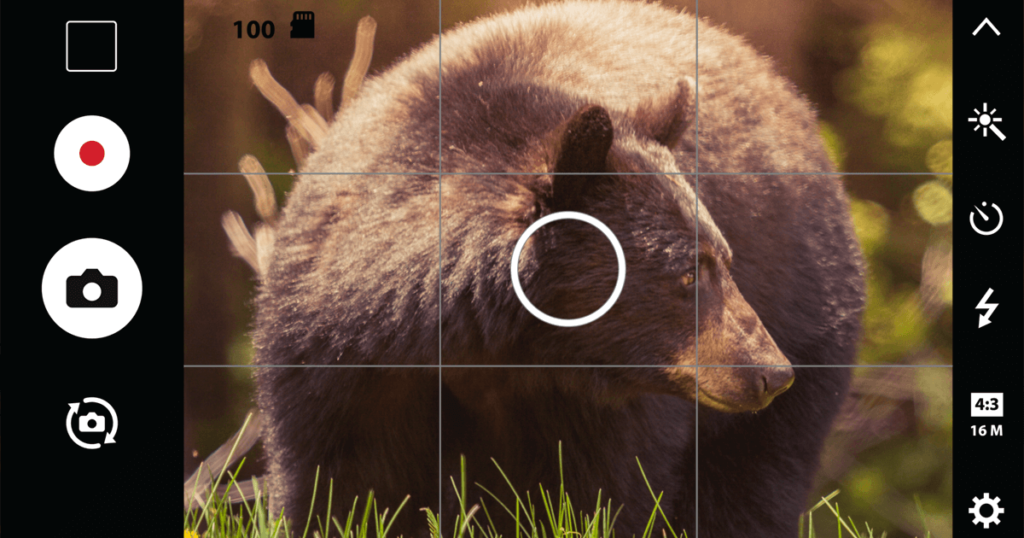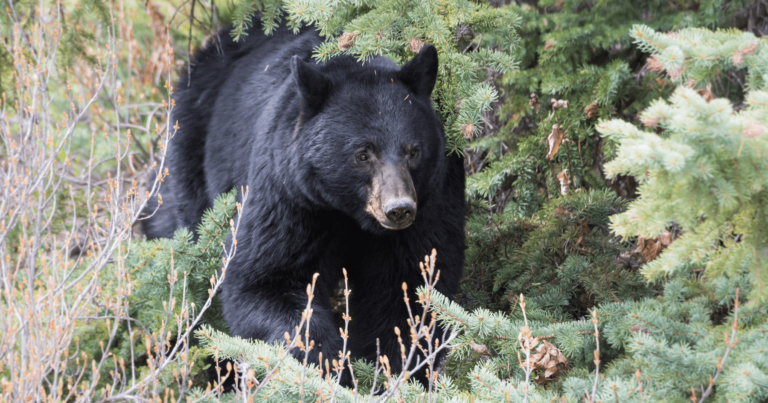
Capturing images of wildlife is easier than ever with high-tech mobile phones, affordable home surveillance devices and more. It’s an exciting way to get to know the local animals and ecosystem, and can be a huge support to wildlife. But there can frequently be consequences not considered that leave animals in harms way.
We’ve put together a few tips to help you decide if and how to share wildlife photos and videos online:
- Don’t post the address/location. Identifying specifically where an animal is, either intentionally or indirectly, can lead to numerous problems for wildlife. Some species will attract numerous photographers looking for a snap, to the point that baiting, direct harassment, and crowding will negatively impact the animals. Other times, those who wish to hunt or catch wildlife could take advantage of these specifics. Generalizing information about where animals were documented (a region or town, rather than a specific location, address, or coordinates) is typically safe.
- Who are you helping by sharing? Sometimes we can let neighbours know that bears are in the neighbourhood, and it’s extra important to manage attractants and be aware of our surroundings. Other times, we may post that bears are in the neighbourhood, and cause a tizzy that leads to conservation officers killing local wildlife. There’s a thin line at times between awareness and creating fear. That’s why sometimes it’s best to ask yourself what you’re sharing – and who it will help. Will your message create fear, or will it empower residents to coexist? You can always pull content from local wildlife rehabilitators or groups like The Fur-Bearers’ social media feeds if you need pointers on what to write in posts!
- How did you get the picture? The ethics behind wildlife photography are sometimes murky – but sometimes it’s very clear. Using bait (any kind of intentional draw, such as food) or otherwise changing an animal’s behaviour for the purposes of a photo is unethical. Likewise, using a drone to capture images, or interfering with a den site to set up a remote camera, means that ethical lines may be crossed. Consider how you would feel if someone had taken a picture of you (or your child) with those means and posted them online – and be honest with yourself. Sometimes, putting ourselves in the position of wildlife gives us new perspectives.
- Don’t share it if it’s evidence. If you have images related to a poaching incident, cruelty to animals, or other illicit activities, don’t share them: report them. Most policing, wildlife or animal cruelty agencies have numerous ways to report this type of information, from calling Crimestoppers anonymously to using online forms with file uploads. If you’re not sure who to submit to, reach out to your local humane society or animal welfare organization and they’ll be sure to provide some information on best ways forward. Sharing images that may become evidence can taint an investigation or prevent investigators from properly identifying and convicting those responsible.
What questions do you ask yourself before posting images of wildlife on social media or other platforms? Do you have an experience related to choosing not to share, or deciding later to take down a post? Let us know in our social channels on Facebook, Instagram, Twitter, or LinkedIn. You can also send us a comment via email at info@TheFurBearers.com.
